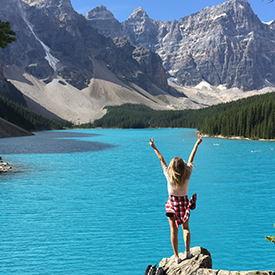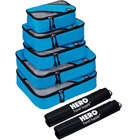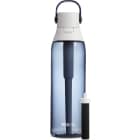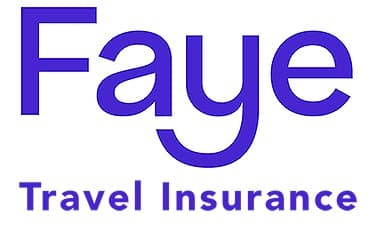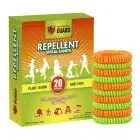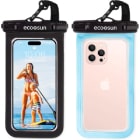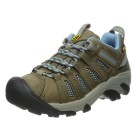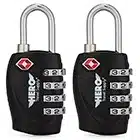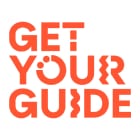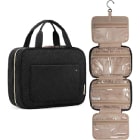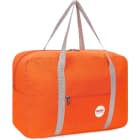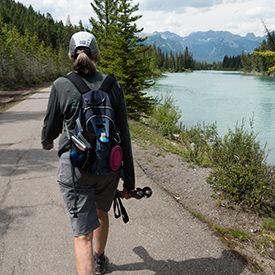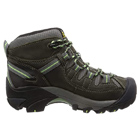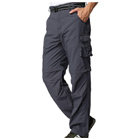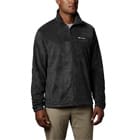SPRING – April, May, early-June:
Ski season around Banff lasts into May, so expect a range of temperatures. It’s not uncommon to have wild weather fluctuations in the spring and fall, sometimes within the same day, so planning can be tricky, but base it according to your intended activities (skiing, exploring, hiking, etc). Layers are an absolute must to avoid needing to pack an abundance of clothing. Temperatures during the day average in the mid-40s to mid-50s and dip down toward freezing at night.
SUMMER – mid-June, July, August
Summer is an outdoor playground in Banff. You’ll still want layers, as temperatures can fluctuate quite a bit from day to day, and depending on your elevation, but lightweight layers and even shorts will work great. You might be comfortable into the evening wearing sandals to dinner, but overnight temps in summer still dip into the 40s, so you may want to stick with some fun sneakers, even if you opt for a slightly more dressed up restaurant. Daytime temperatures are likely to be in the 60s-70s, dropping into the 40s at night.
FALL – September, October:
Much like in the spring, fall temps in Banff bounce around and you’ll be glad you have layers on hand. Occasionally snows come as early as mid-late October, but generally, you can expect chilly, often cloudy days. Some good clothing options include: hat, jacket and vest, boots or hiking shoes, pants with base layer, long-sleeve shirt with base layer. Expect temperatures in the low 50s to low 60s during the day and flirting with freezing at night.
Outfit choices for fall, see spring list for both women and men.
WINTER – November, December, January, February, March
Winter is cold and beautiful in Banff. Due to its location at the Continental Divide, it gets lots of snow. Don’t skip the sunscreen or sunglasses just because it’s winter though .. UV is strong at this altitude and the sun bouncing off snow can still burn. Anticipate daytime temperatures with highs in the 20s or 30s with overnight drops to single digits.




